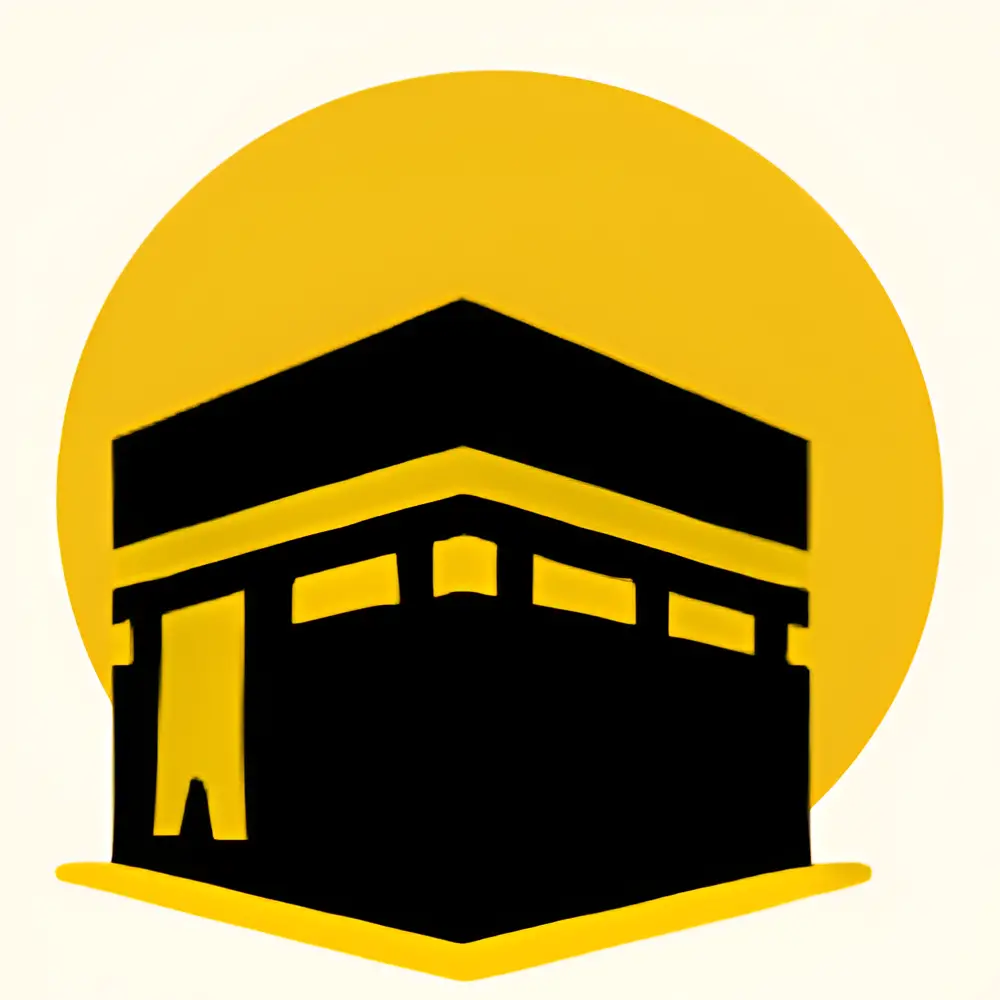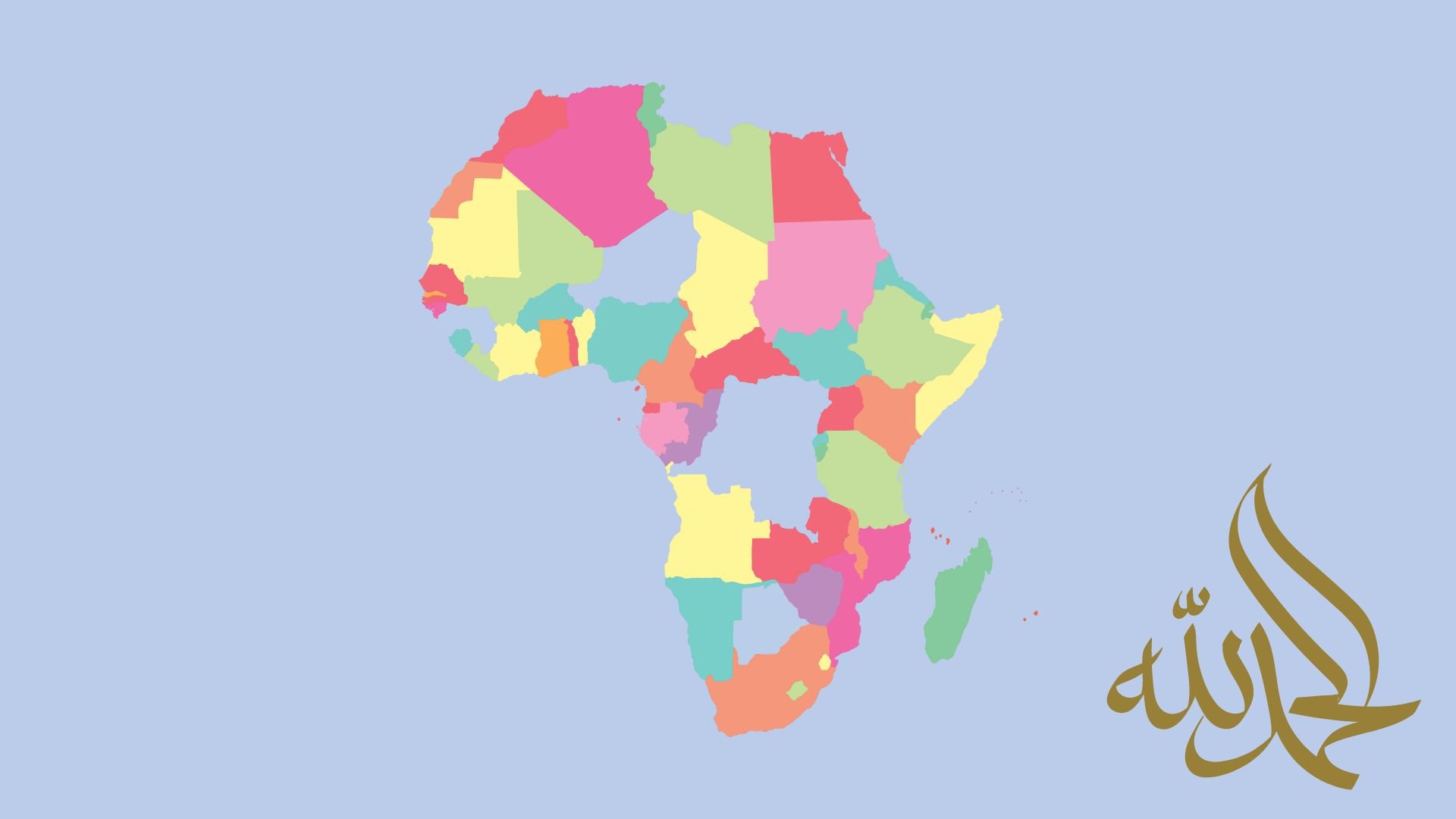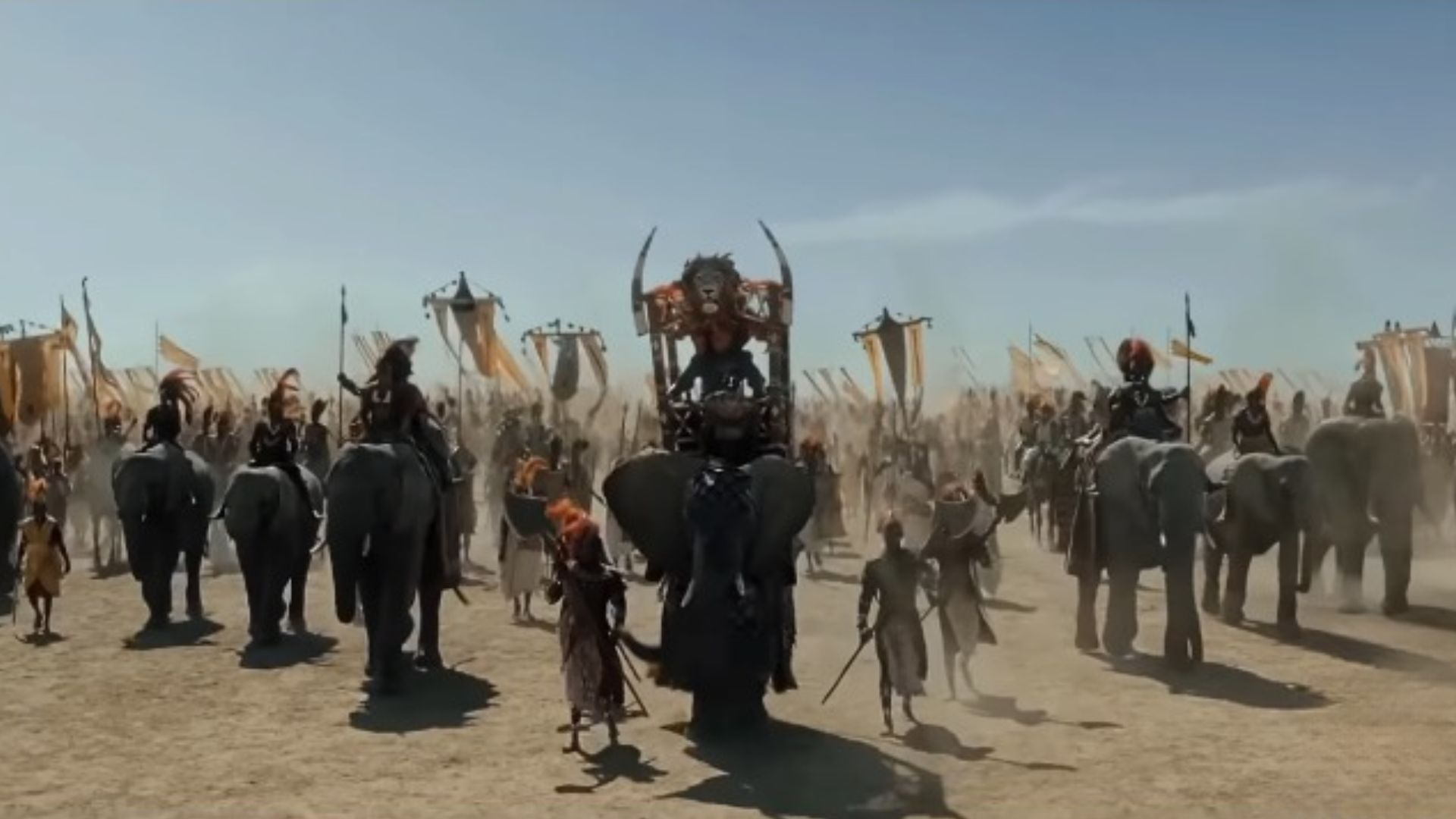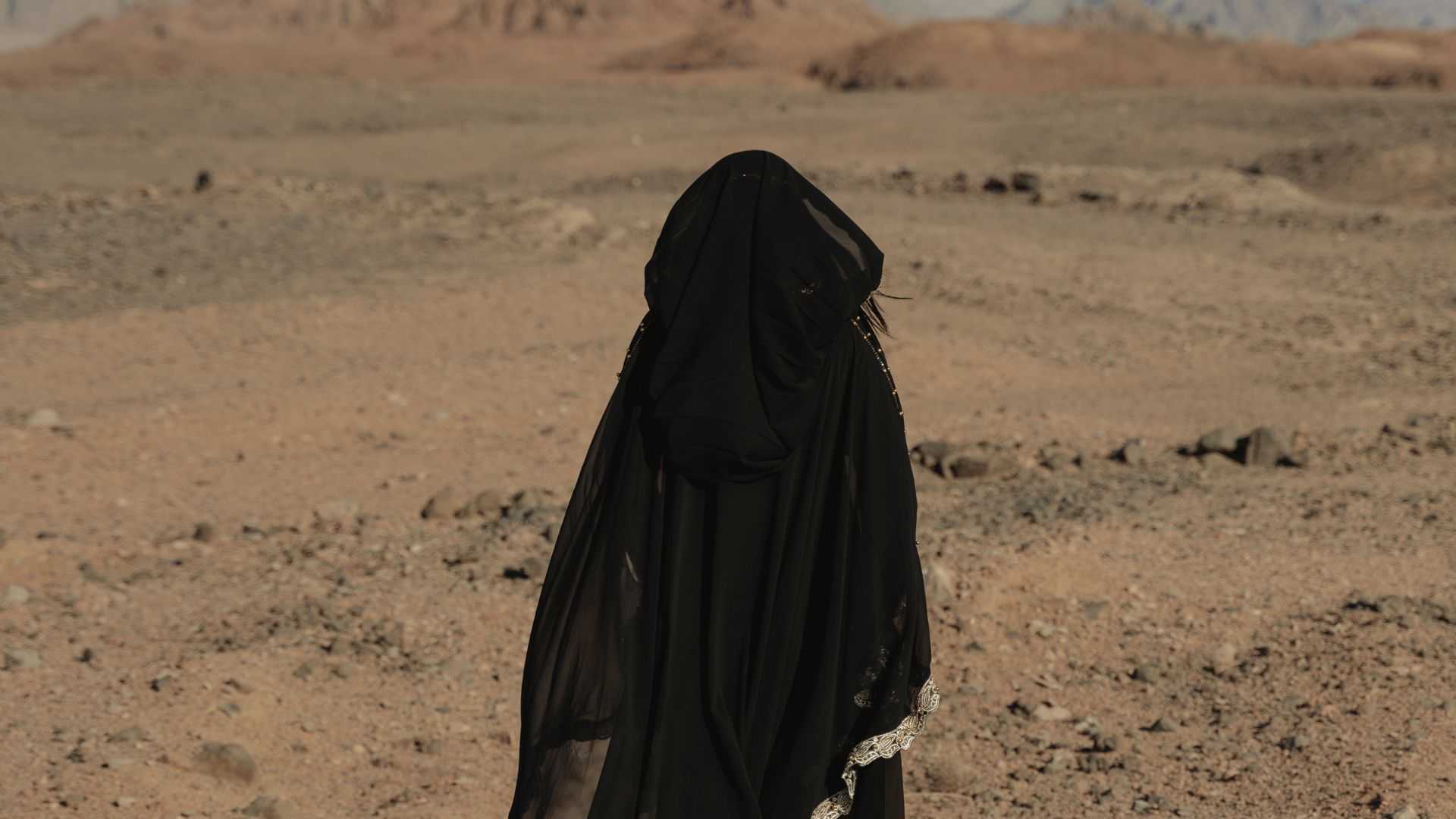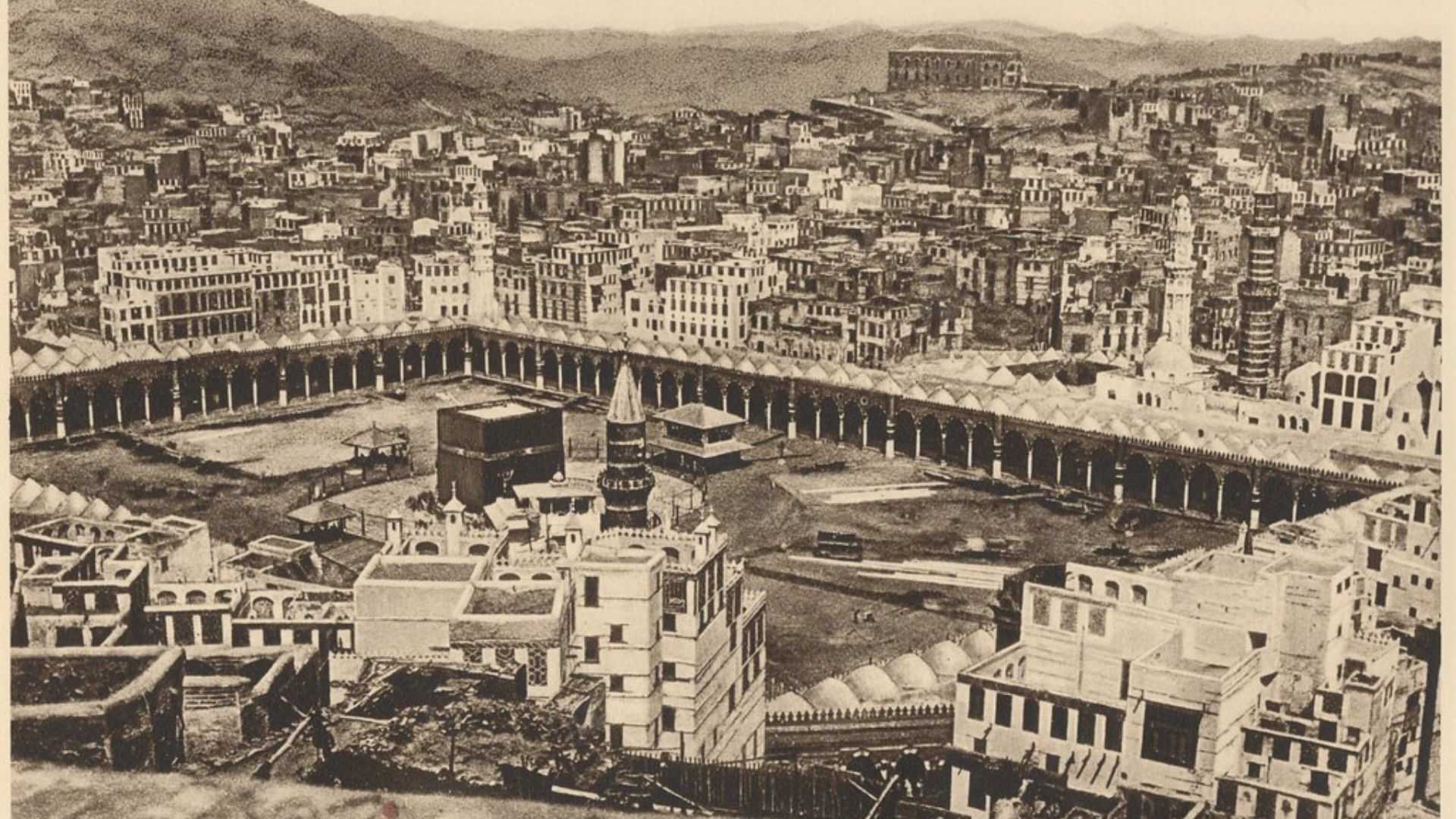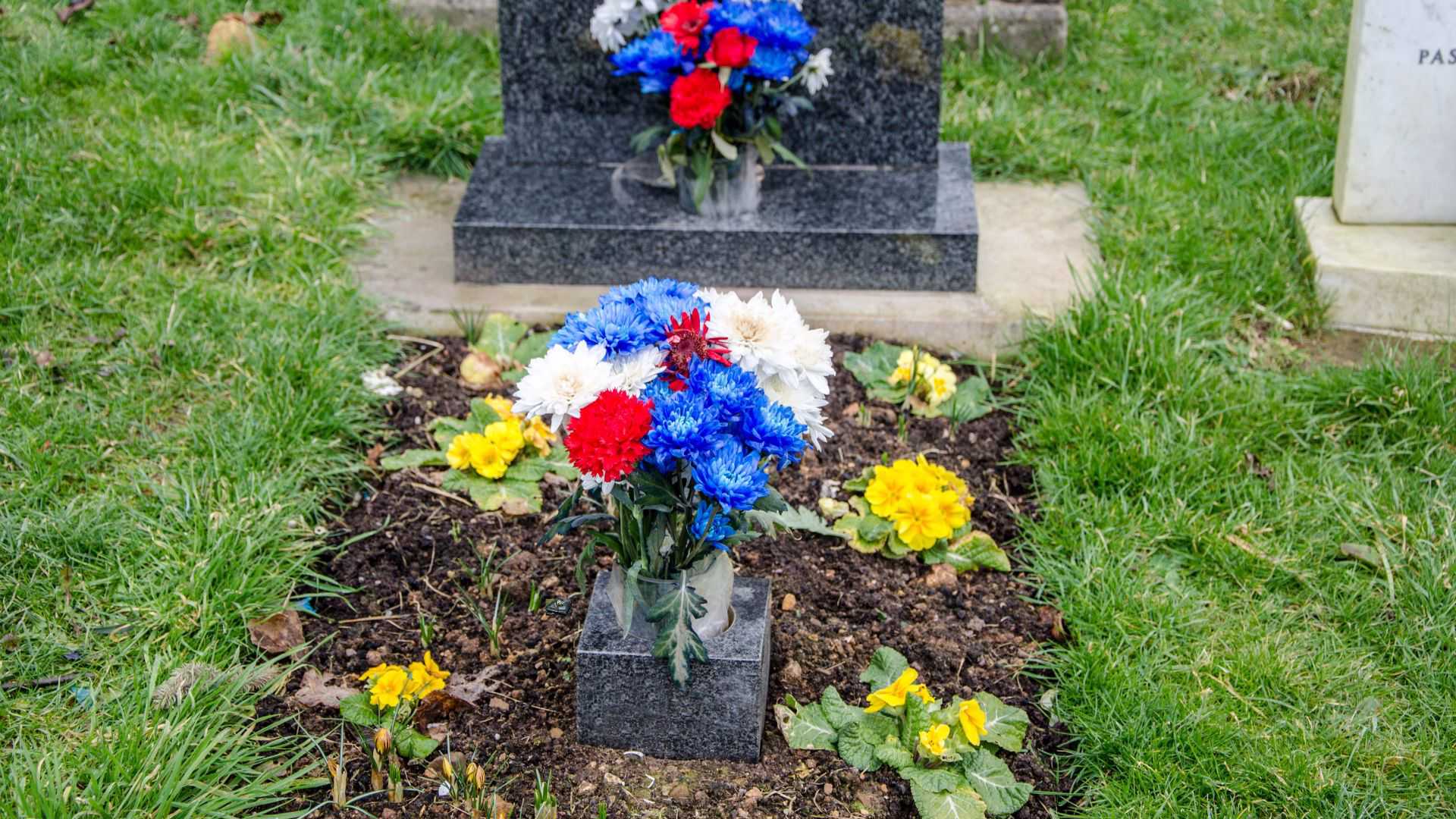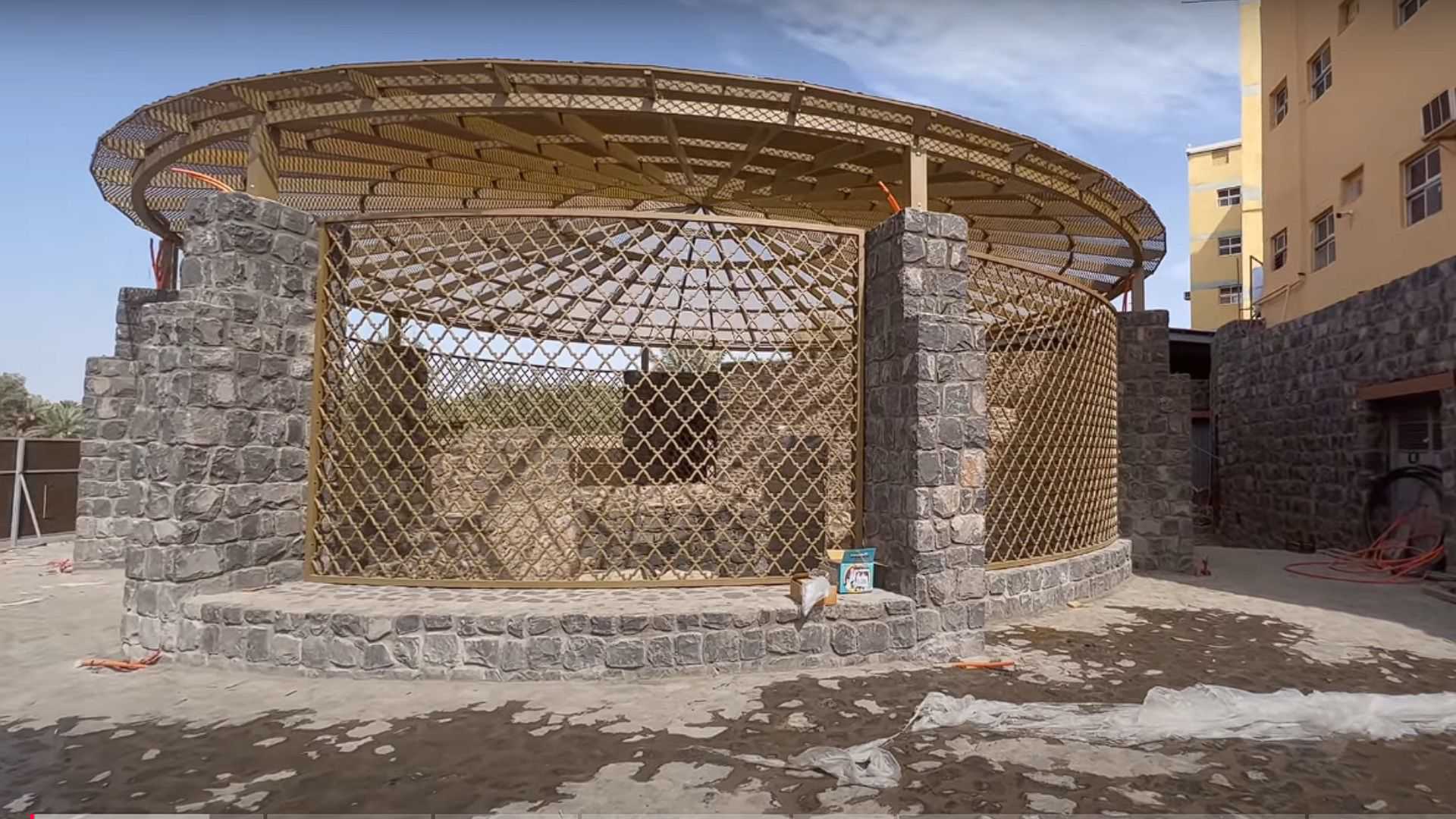Numerous Parallels of Islam in Africa
The spread of Islam in Africa and How Islam came to Africa is a diverse story. Islam had proactively spread into northern Africa by the mid-seventh century A.D., few decades after the prophet Muhammad (PBUH) moved with his followers from Mecca to Medina on the adjoining Arabian Peninsula (622 A.D./1 A.H.). The Arab triumph of Spain and the push of Arab armed forces to the extent that the Indus River finished in a kingdom that extended north of three continents, an only a brief time after the Prophet’s passing. Between the eighth and ninth centuries, Arab dealers and explorers, then African clerics, started to spread the religion along the eastern bank of Africa and toward the western and mainland Sudan (in a real sense, “Place that is known for Black people”), animating the improvement of metropolitan networks. Given its arranged, practical way to deal with various social circumstances, taking into account Islam in Africa as far as its numerous chronicles somewhat then as a brought together movement is maybe more fitting.
The principal changes over were the Sudanese dealers, followed by a couple of rulers and squires (Ghana in the 11th century and Mali in the thirteenth century). The majority of provincial laborers, nonetheless, stayed minimal contacted. In the 11th century, the Almoravid mediation, drove by a gathering of Berber nomads who were severe spectators of Islamic regulation, gave the conversion cycle another force in the Ghana and far away. The spread of Islam all through the African mainland was neither concurrent nor uniform, however followed a continuous and versatile way. Spread of Islam in Africa was a gradual process.
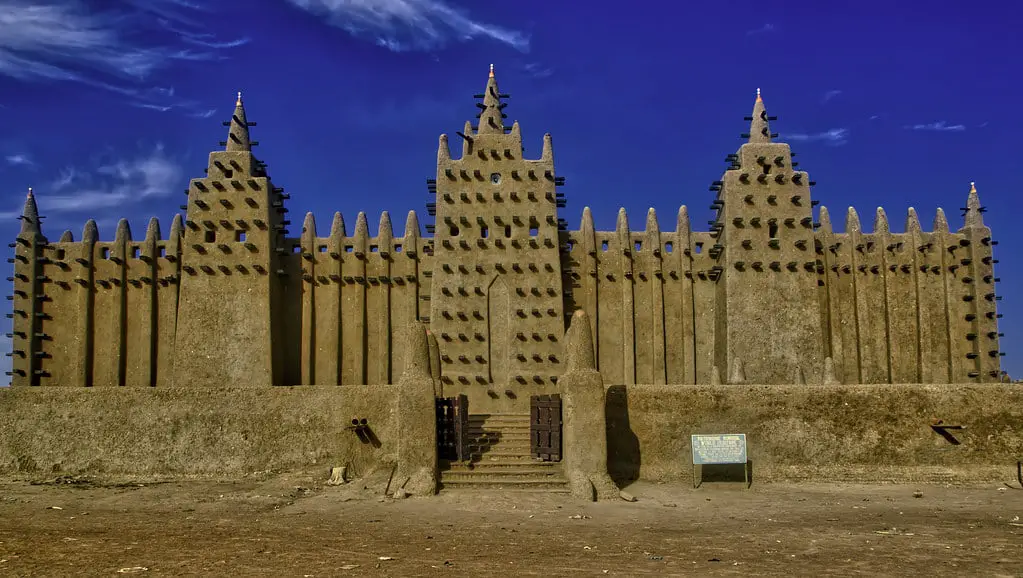
Effect of Islam on African Societies
Islamic political and aesthetic effects on African social orders stay hard to evaluate. In a few capital urban communities, for example, Ghana and Gao, the presence of Muslim traders brought about the building of mosques. The Malian lord Mansa Musa (r. 1312-37) carried back from a journey to Mecca the draftsman al-Sahili, who is frequently credited with the production of the Sudano-Sahelian building style. Musa’s sibling, Mansa Sulaiman, followed his way and empowered the structure of mosques, as well as the improvement of Islamic learning. Islam brought to Africa the specialty of writing and new strategies of weighting. The city of Timbuktu, for example, prospered as a business and scholarly focus, apparently undisturbed by different disturbances. Timbuktu started as a Tuareg settlement, was before long coordinated into the Mali realm, then was recovered by the Tuareg, lastly integrated into the Songhai kingdom. In the sixteenth century, most of Muslim researchers in Timbuktu were of Sudanese roots. On the mainland’s eastern coast, Arabic jargon was assimilated into the Bantu dialects to shape the Swahili language. Then again, much of the time transformation for sub-Saharan Africans was likely a method for safeguarding themselves against being sold into servitude, a thriving business between Lake Chad and the Mediterranean. For their rulers, who were not active proselytizers, conversion remained to some degree formal, a gesture maybe pointing towards acquiring political help from the Arabs and building business connections. The hardest confrontation to Islam appears to have exuded from the Mossi and the Bamana, with the advancement of the Ségou realm. At last, sub-Saharan Africans fostered their own kind of Islam, frequently alluded to as “African Islam,” with explicit fellowships and practices.
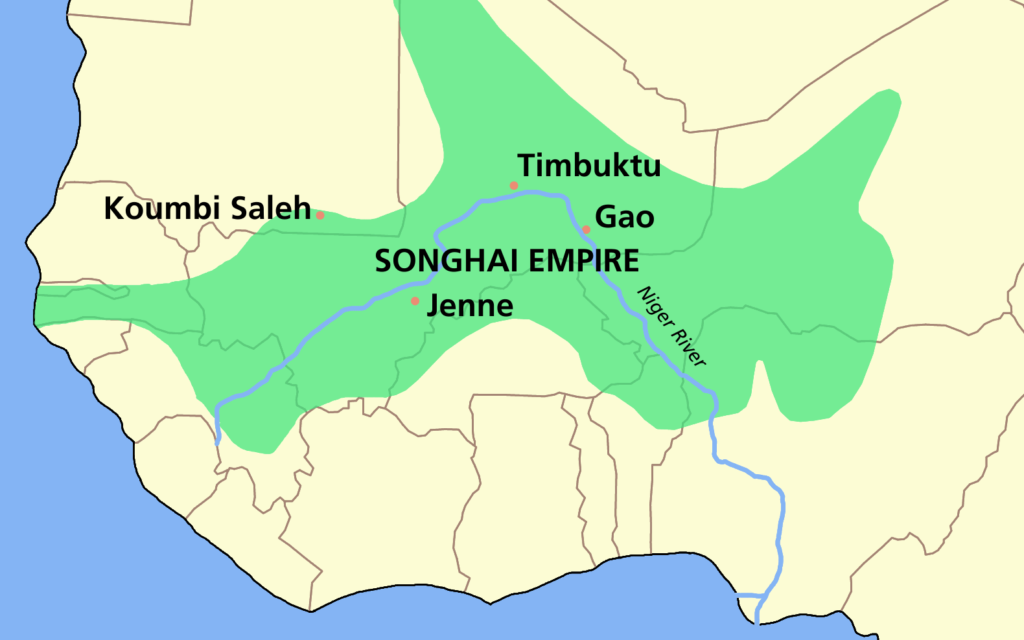
Intermingling of Islamic and African Esthetics
As it is forbidden to represent or draw or have images or idols of people or animals, the idea of Islam’s communication with the visual expressions in Africa was one in which Islamic structures were obliged and adjusted. Muslim clerics’ proficiency and exclusive knowledge attracted scores of converts to Islam. Sub-Saharan Muslim clerics known as marabouts started manufacturing special necklaces with Qur’anic sections, which came to uproot native charms and healing packets. These special necklaces are highlighted in the plan of numerous conventional African artifacts.
Islam additionally supported the African affection for mathematical plan and the redundancy of examples in designing the outer layer of clothes and handmade objects. Textile industry may have been changed with the importation of North African weaving methods.
Islam has likewise frequently existed one next to the other with illustrative customs, for example, disguising. Such practices have frequently been seen as supplemental instead of oppositional to Islam, especially when they are seen as effective or operating outside of the central concerns of the faith.. An early illustration of this was noted by Ibn Battuta, the Maghribi researcher who visited Mali in 1352-53 and saw a masquerade performance at the imperial court of its Muslim lord. In numerous areas of Africa, the concurrence of Islam with authentic fine arts go on today. However, despite the fact that Islam has impacted a great many creative practices in Africa since its presentation, Gigantic architecture is the best tradition of its initial history on the mainland. Mosques are the main building instances of the huge stylish variety produced by the collaboration between African people groups and Islamic faith.
Read more about Islamic Faith and Culture here. Or Visit us over social media platforms to get daily islamic reminders.

